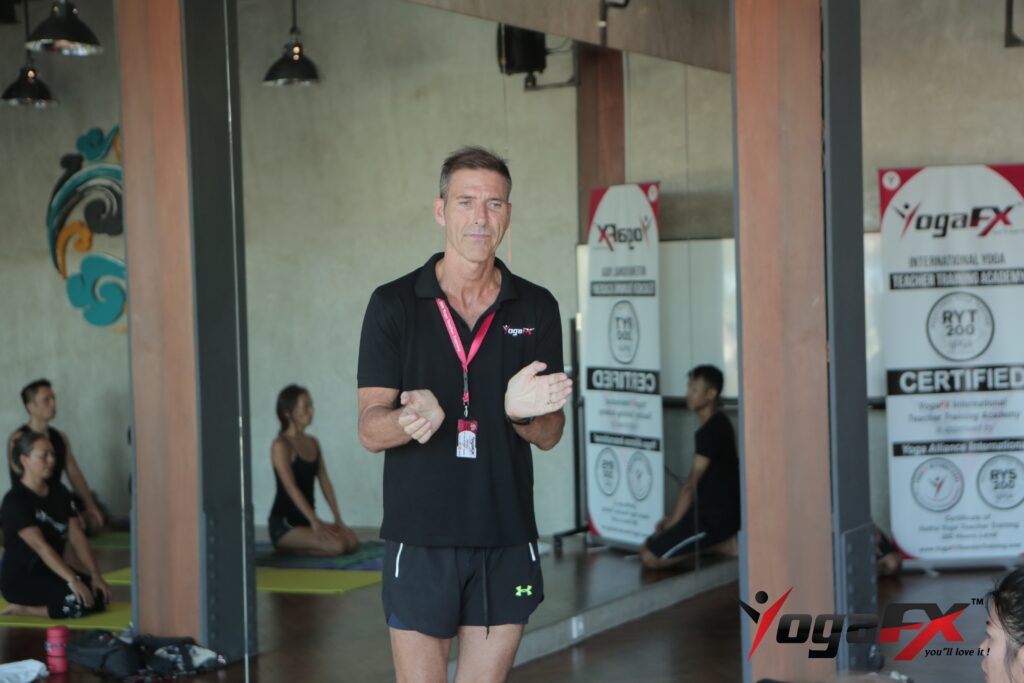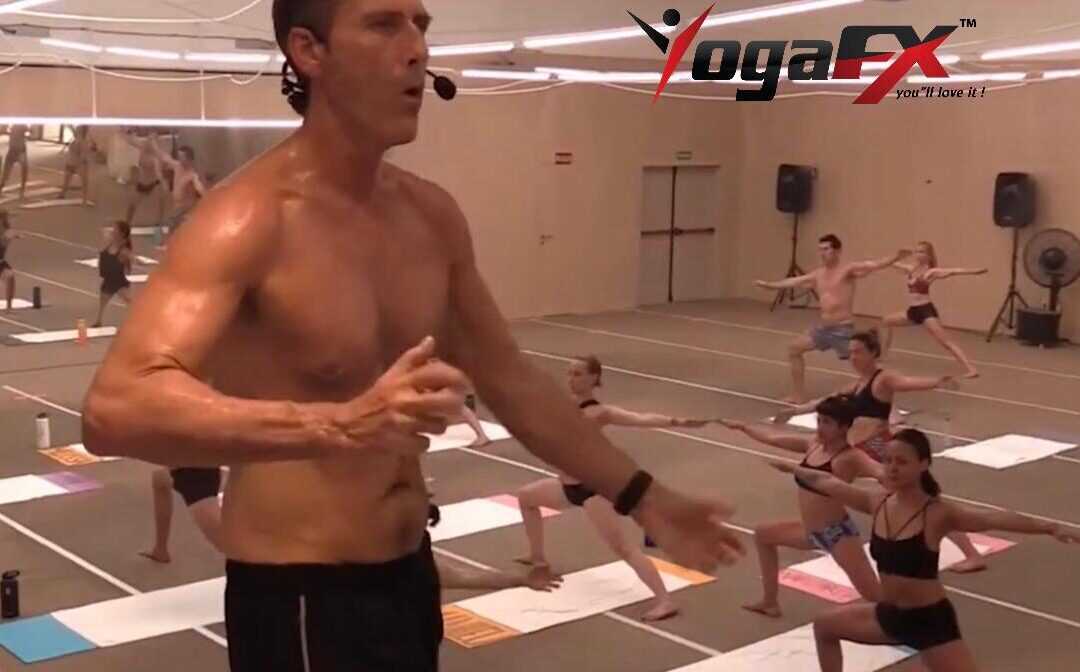Yoga is not merely a physical practice; it is a profound journey of self-discovery and transformation. While the asanas, or physical postures, are an integral part of yoga, the role of a skilled yoga teacher in guiding and instructing practitioners should not be underestimated. In the realm of yoga, this verbal guidance is often referred to as the “yoga dialogue.” In this article, we will delve into the significance of the yoga dialogue, its role in deepening the practice, and how it fosters a stronger connection between the teacher and practitioner. Join us as we explore the power of words in the yoga dialogue and discover how they can unlock new dimensions in your yoga practice.

Understanding the Yoga Dialogue
At the heart of every yoga class lies the yoga dialogue, which encompasses the verbal cues, instructions, and guidance provided by a yoga teacher. It serves as a vital bridge between the teacher and the practitioner, guiding the practitioner’s movements, breath, and awareness. The yoga dialogue consists of clear and concise instructions that enable practitioners to flow through the asanas with precision and mindfulness. It provides cues for proper alignment, breath control, and transitioning between poses, ensuring a safe and effective practice.
“Goal Setting Is The Secret To A Compelling Future”
The Impact of Verbal Guidance
The yoga dialogue has a profound impact on the practitioner’s experience and progress in their yoga journey. Through the use of verbal cues, the yoga dialogue deepens the practitioner’s awareness of their body-mind connection. It draws attention to subtle sensations, alignment details, and energetic aspects of the practice. The precise instructions in the yoga dialogue help practitioners refine their postures, cultivate proper alignment, and prevent injury. Moreover, the yoga dialogue encourages practitioners to stay present and focused, enhancing the meditative qualities of the practice.

Building a Connection: The Teacher-Practitioner Relationship
Beyond the technical guidance it provides, the yoga plays a significant role in fostering a strong connection between the yoga teacher and the practitioner. The verbal exchange between the two goes beyond instructions; it conveys the teacher’s knowledge, expertise, and genuine care for the practitioner’s well-being. This connection creates a safe and supportive environment where practitioners feel seen, heard, and encouraged to explore their potential. The yoga dialogue establishes trust, understanding, and a sense of community within the yoga class.
Variations in Yoga Dialogue
Different styles of yoga may employ distinct approaches in the yoga. For example, hot yoga, such as the 26 and 2 yoga sequence, also known as Bikram yoga, emphasizes specific cues for practicing in a heated room. In Bikram yoga teacher training, the dialogue is carefully crafted to guide practitioners through the 26 postures and 2 breathing exercises, ensuring they receive clear instructions to experience the benefits of the sequence. Other yoga styles, such as Vinyasa, Ashtanga, and Kundalini, may incorporate their own unique verbal cues and instructions to align with their respective practices.
Verbal Adjustments and Modifications
The yoga dialogue extends beyond general instructions; it also includes verbal adjustments and modifications. Experienced teachers use the yoga to offer personalized guidance to individuals based on their unique needs and abilities. Verbal adjustments allow teachers to help practitioners refine their alignment, deepen their stretches, and modify poses to accommodate injuries or limitations. Clear and compassionate communication in the yoga ensures that practitioners feel supported and empowered to practice in a way that serves their individual needs.
Cultivating a Personal Yoga Dialogue
In addition to the external yoga provided by a teacher, practitioners can cultivate their own internal dialogue during their practice. This personal yoga involves self-reflection, self-guidance, and self-
compassion. As practitioners become more attuned to their bodies, they can use internal cues, affirmations, and intentions to deepen their practice. This self-guided dialogue allows practitioners to connect more deeply with their intuition, Then exploring their practice with greater mindfulness and authenticity.

Conclusion
The yoga dialogue serves as a powerful tool in unlocking the full potential of your practice. It bridges the gap between the yoga teacher and the practitioner, guiding movements, breath, and awareness. As you continue your yoga journey, Then consider the transformative Bikram yoga teacher training offered by YogaFX, led by experienced instructor Mr. Ian. This Yoga Alliance certified program, known as Bikram Hot YogaFX. Then equips you with the skills, knowledge, and confidence to become a certified Bikram yoga teacher. Embrace the power of the yoga and share the transformative benefits of Bikram yoga. Through YogaFX’s comprehensive teacher training program. Deepen your practice, connect with others. Then inspire others on their own yoga paths through the Bikram yoga teacher training YogaFX. Let the words of the yoga be your guide as you embark on a journey of self-discovery. Then transformation through the practice of yoga.

